John Hurrell – 18 August, 2015
Along with an enthusiasm for texture and glowing tonal juxtaposition, Watkins also has a fondness for perfect circles or ovals with a tautness that - in their hovering in suspension over darker more turbulent fields - seems to vibrate. Circles, by themselves, are normally unstable and spatially restless, but with Watkins' skill in composition, measured distancing and butted-up linking, they become anchored and seemingly inevitable in their positioning.
Currently on in Auckland - for enthusiasts of elegant image construction - are some extraordinary painting shows to be lovingly pored over. This Denys Watkins show is one, and (for example), the Simon Morris and John Nixon shows at Two Rooms are two others. In the Bath St show of eighteen Watkins works, we discover three types of differently sized canvases that explore underwater themes, surrounding circles (bubbles?) and the occasional (submerged, right-angled) architectural motif with marine imagery such as seaweed, sponges and coral.
With these canvases and elements, the real point is Watkins‘superb handling of thin coloured acrylic paint, exploiting texture, shape, edge and compositional placement, and not any narrative or illustration. They may be ‘aquatic’ in theme but that really is his excuse to have fun through exploring various watery ‘tactilities’ of making. You can sense his delight in discovering how the washes of acrylic behave, for within these nuanced vibrant compositions he builds up tensions - using open, ethereal (but shallow) spaces and, as foils, configurations with complexly converging lines and overlapping shapes.
Watkins has a real flair for positioning quirky and plain shapes together rhythmically, silhouetted against glowing fields (or the other way around), and with larger forms using thin washes to accentuate the weave of the linen so it looks radioactive. Sometimes long balloonlike sponge forms and rippled inflatable weeds team up with harsher manmade angular shapes to corral a central space, hemming it in - putting it under pressure - while clinging to the stretcher edges. His arrangements, though precise, are never regimented or preconceived, but loose; never tight, always relaxed.
Along with this enthusiasm for texture and glowing tonal juxtaposition, he also has a fondness for erratic (unpredictable) edges that allude to planar perimeters, and perfect circles or ovals with a tautness that - in their hovering in suspension over darker more turbulent fields - seems to vibrate.
Circles, by themselves, are normally unstable and spatially restless, but with Watkins‘ skill in composition, measured distancing and butted-up linking, they become anchored and seemingly inevitable in their positioning. Their location and their (usually separated, not overlapping) formations, within his mottled, shallow, traylike space, have assurance - a confidence and control that only an exceptionally experienced builder of paintings can bring.
John Hurrell
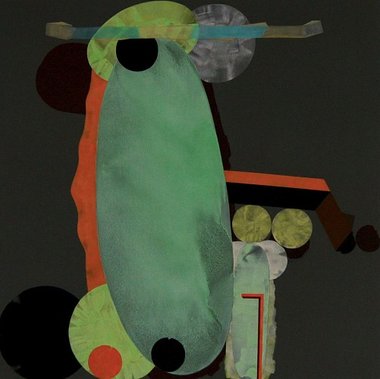
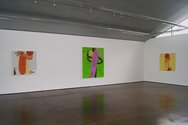
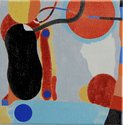
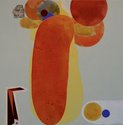
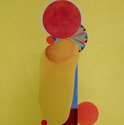
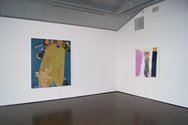
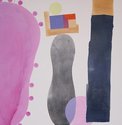



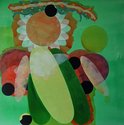
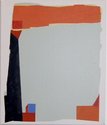

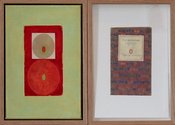
 Advertising in this column
Advertising in this column Two Rooms presents a program of residencies and projects
Two Rooms presents a program of residencies and projects



This Discussion has 0 comments.
Comment
Participate
Register to Participate.
Sign in
Sign in to an existing account.